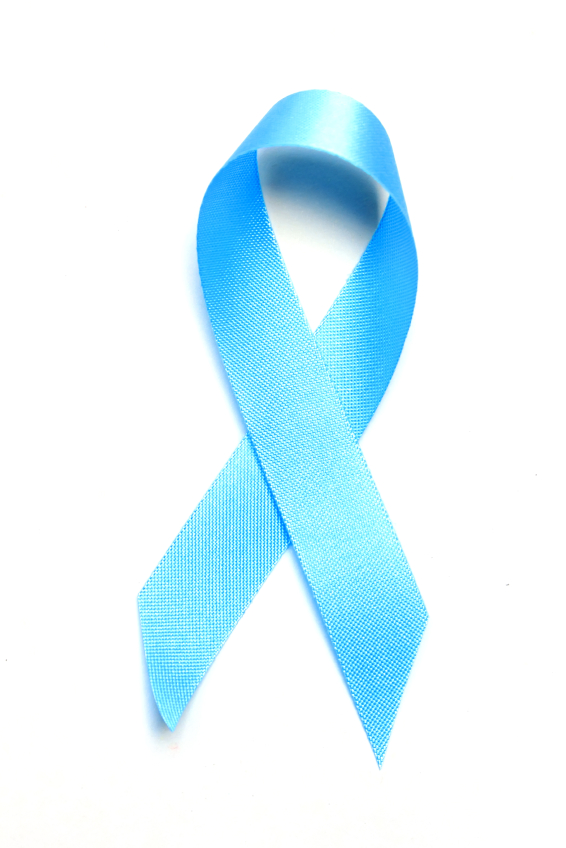Despite evidence supporting cervical cancer screening saving lives, roughly eight million women between the ages of 21 to 65 years old have not been screened for cervical cancer in the past five years.
This revolutionary cancer screening method was first introduced in the 1950s and has been considered one of the greatest success stories in cancer prevention, which has lead to a dramatic decrease in cervical related deaths in women in the United States.
Information regarding latest statistics about cervical cancer screening was recently released by the Centers for Disease Control and Prevention in their latest Vital Signs report. A key finding in their report showed that more than half of new cervical cancer cases occur among women who have never or rarely been screened.
CDC experts reviewed national surveys to find that in 2012, 11.4 percent of women reported they had not been screened for cervical cancer in the past five years.
Health insurance seemed to be a big factor: More than 23 percent of women without health insurance and 25 percent of those without a regular doctor or other health care provider said they hadn’t had a screening. According to the 2010 Affordable Care Act, all health insurance providers must provide cancer screenings for free, with no charge to the patient.
The number of women who rarely or never get a cervical cancer screening is especially high for older women, Asians, Pacific Islanders, American Indians and Alaskan Natives, according to the CDC.
More than 12,000 women get cervical cancer every year with roughly 4,000 women dying from the disease each year. Fortunately 93 percent of all cervical cancer cases are preventable, if proper treatment and cautionary measures are taken.
“Every visit to a provider can be an opportunity to prevent cervical cancer by making sure women are referred for screening appropriately,” said CDC Principal Deputy Director, Ileana Arias, Ph.D. “We must increase our efforts to make sure that all women understand the importance of getting screened for cervical cancer. No woman should die from cervical cancer.”
An effective prevention measure is the human papillomavirus (HPV) vaccine, which can also reduce one’s risk of getting and dying from cervical cancer. However, this precautionary measure is still being underused as only 1 in 3 girls and 1 in 7 boys has received the 3-dose series in 2013. Effectively using this vaccine can dramatically decrease one’s chance of getting the disease.
In accordance to the 2010 Affordable Care Act, more Americans can find and choose health care coverage that fits their needs and budget, including regulatory health checkups, preventive services and some specialty services. Cervical cancer screening and HPV vaccines are included and should be covered with no additional costs to the individual.













